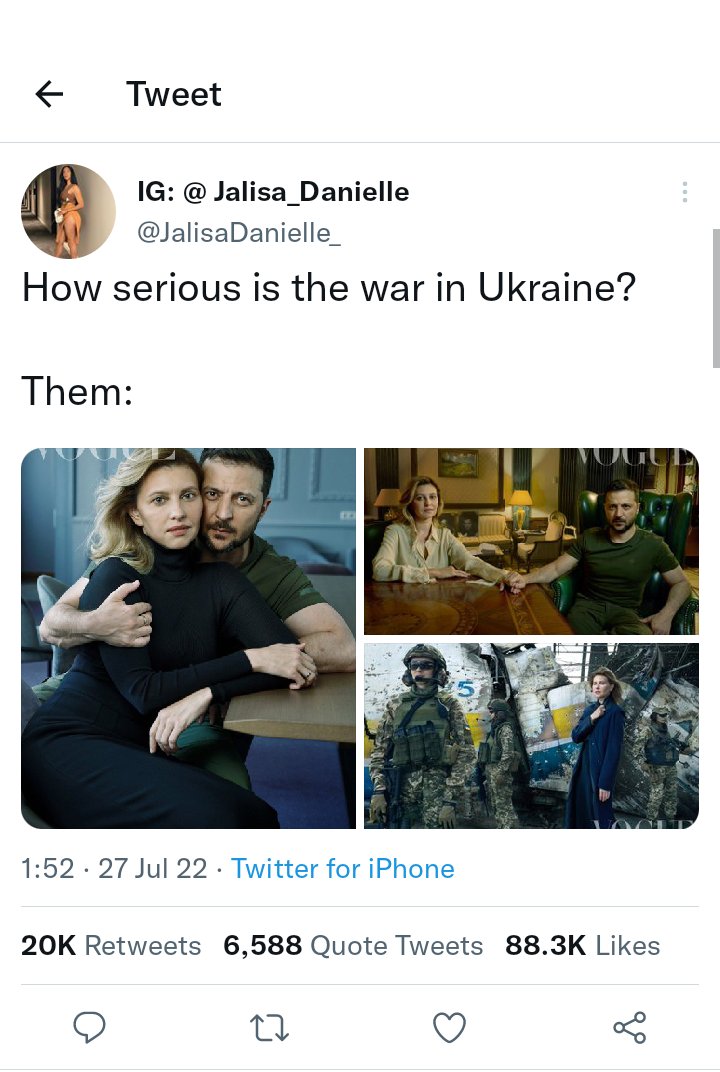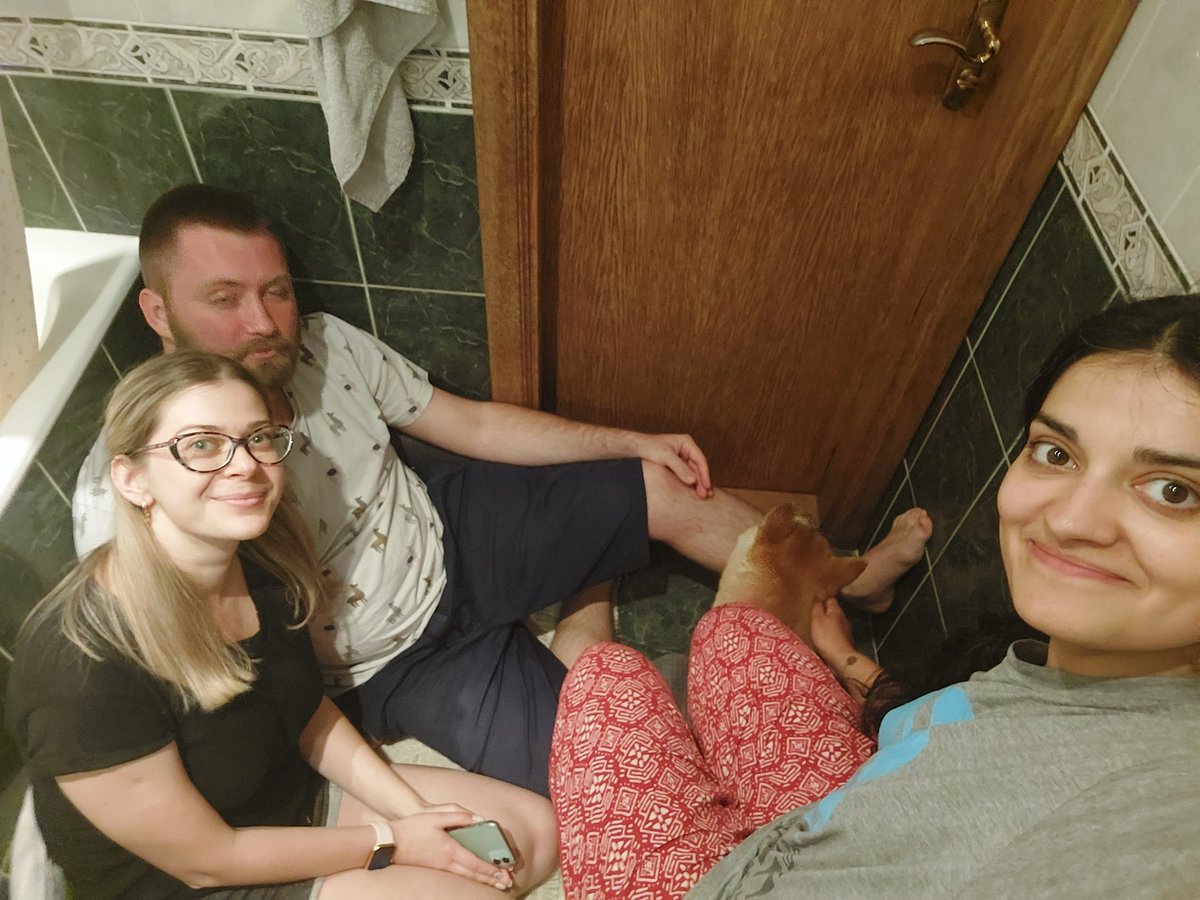Yes, People Have Fun and Do Photoshoots During War
Mariam Naiem · 28 Jul 2022 · Adapted from original Twitter thread
The further the war is from someone, the more mythical it seems. That’s OK. What is not OK, though, is to suggest that if the war doesn’t look the way they imagined, it must be fake.

In the frontline regions, the missiles are falling 24/7. There, people might not have food or water and need to live in basements for days. Yet, as surreal as it might sound, life does not halt in the rear simultaneously. People who are not in the frontline regions drink coffee in cafes, and go to restaurants and standup shows, even if their city is being bombed during the night. Yes, people are having fun. Yes, people even do photo ops!
You can’t imagine how many good jokes my friends and I cracked in the bathroom we were sheltering in during an air alarm. I plan to write more about wartime life in Kyiv a bit later.

The frontline/rear division, of course, is fluid. Just three months ago, Kyiv’s neighborhoods were shelled with close-range artillery. Now this line is hundreds of kilometers away.
Modern wartime life is bizarre. A person could be killed by a missile strike now, but you could still see her seemingly normal stories on Instagram from just twenty minutes before the impact.
Because of access to the internet and mobile devices, you can see the war from very close, including the routine, which can create a feeling of normalness. Yet, you do not need to be an empathy genius to understand there is nothing normal about this.